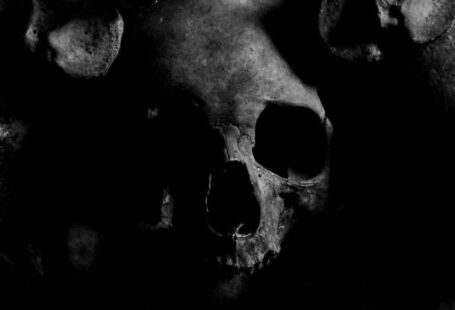Frida Kahlo’s Self-portraits: A Window Into Emotional Depth
Frida Kahlo, the renowned Mexican artist, is celebrated for her captivating self-portraits that delve deeply into the complexities of human emotion. Known for her raw and unapologetic depiction of her inner struggles, Kahlo’s art serves as a poignant reflection of her turbulent life experiences. Through her self-portraits, Kahlo invites viewers into her world, offering a glimpse into the profound emotional depth that permeates her work.
The Emotional Turmoil of Physical Pain
Central to Kahlo’s self-portraits is her intimate exploration of physical and emotional pain. Suffering from a myriad of health issues resulting from a near-fatal bus accident in her youth, Kahlo used her art as a means of processing her anguish and suffering. In her self-portraits, she often depicted herself in a state of vulnerability, with haunting expressions that convey the depth of her physical and emotional turmoil. Through her art, Kahlo laid bare her pain, inviting viewers to empathize with her struggles and confront the fragility of the human condition.
The Search for Identity and Selfhood
Another prominent theme in Kahlo’s self-portraits is her exploration of identity and selfhood. Kahlo’s art is deeply personal, offering a window into her innermost thoughts and emotions. Through her self-portraits, she grappled with questions of identity, seeking to reconcile the different facets of her being. Kahlo’s distinctive style, characterized by bold colors and intricate symbolism, reflects her quest for self-discovery and empowerment. Each self-portrait is a testament to Kahlo’s ongoing journey towards self-acceptance and self-actualization.
Love, Loss, and Resilience
Kahlo’s self-portraits also serve as a testament to her experiences of love, loss, and resilience. Throughout her life, Kahlo endured heartbreak, including a tumultuous marriage to fellow artist Diego Rivera. In her art, Kahlo captured the complexities of love and loss, portraying the tumultuous emotions that accompany intimate relationships. Despite the pain and heartache she experienced, Kahlo’s self-portraits also exude a sense of resilience and strength. Through her art, Kahlo transformed her suffering into a source of empowerment, inspiring viewers to find beauty and meaning in the face of adversity.
A Symbol of Feminine Power and Agency
Beyond her personal struggles, Kahlo’s self-portraits also serve as a powerful symbol of feminine power and agency. In a male-dominated art world, Kahlo’s unapologetically honest portrayal of her own experiences challenged traditional gender norms and paved the way for future generations of female artists. Through her art, Kahlo celebrated the beauty and strength of the female form, reclaiming her own narrative and asserting her autonomy. Each self-portrait is a defiant declaration of Kahlo’s right to self-expression and self-determination.
In Conclusion: A Legacy of Emotional Resonance
In conclusion, Frida Kahlo’s self-portraits stand as a testament to the profound emotional depth found within her work. Through her art, Kahlo delved fearlessly into the complexities of human emotion, offering a raw and unfiltered portrayal of her innermost thoughts and feelings. From her exploration of physical pain to her search for identity and selfhood, Kahlo’s self-portraits resonate with viewers on a deeply emotional level, inviting them to contemplate the universal themes of love, loss, resilience, and empowerment. In a world where vulnerability is often seen as a weakness, Kahlo’s art serves as a reminder of the transformative power of embracing one’s emotions and experiences. Frida Kahlo’s self-portraits continue to captivate audiences around the world, leaving an enduring legacy of emotional resonance and artistic brilliance.





